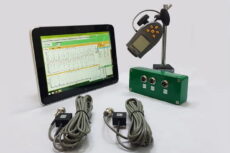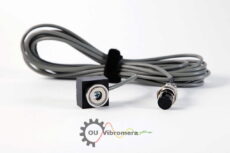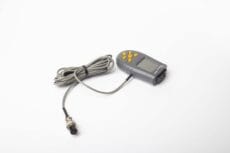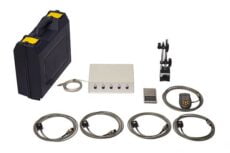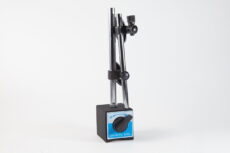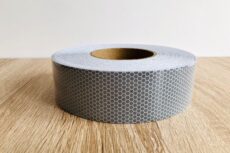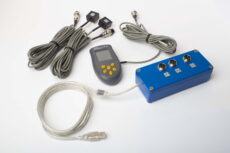This article takes you through our recent visit to a home textile factory where down pillows and blankets are manufactured. Our focus will be on the balancing process of the machinery involved in the production.
Pre-Balancing Procedures: Vibrometer Mode Measurements
Initial Step
Before proceeding with the balancing, it is advisable to conduct measurements using the vibrometer mode.
Identifying the Rotor Unbalance
If the value of the total vibration is approximately equal to the value of the reverse component, it is likely that the primary cause of the machine’s vibration is an unbalance in the rotor. In this case, you can proceed to balance the rotor.
Other Mechanical Issues
If the total vibration value significantly exceeds the reverse component, the mechanism should be inspected. This includes:
- Checking the condition of the bearings
- Ensuring reliable fixing on the foundation
- Confirming the absence of rotor contact with fixed parts during rotation
Vibrometer Reading Stability
Additionally, focus on the stability of readings in vibrometer mode. During normal operation, the values of vibration amplitude and phase should not fluctuate by more than 10-15% during the measurement.
Balancing the Centrifuge: Step-by-Step Guide
Step 1: Start the Program
Initiate the balancing program on the machine’s control panel.
Step 2: Initial Vibration Measurement
Measure the initial vibration in vibrometer mode for some time. In our test, the values were stable at 4.44 mm/second and 9.34 mm/second.
Step 3: Switch to Balance Tab
Exit the vibrometer and navigate to the ‘Balance’ tab on the control panel.
Step 4: Enter Information for the Report
If necessary, input the rotor name and location for the report.
Step 5: Input Test Weights and Mounting Radius
Enter the mass of the test weights and the radius of mounting to calculate the imbalance in grams per millimeter. If this information is not required, you can skip this step.
Performing Test Runs
First Run
Conduct the first run and measure the initial vibration level.
Second Run
Place a test weight on the first plane where sensor number one is located. The vibration level or phase should change by at least 20%.
Third Run
Move the test weight to the second plane, where the second sensor is mounted, and measure the vibration.
Corrections and Final Steps
Automated Recommendations
The program will indicate the weight and angle adjustments needed to balance the rotor.
Implementing Corrections
Weld the correction weights onto both planes as directed. Note that the angle is counted from the point of the test weight in the direction of rotor rotation.
Final Results
After adding the correction weights, the vibration levels dropped more than tenfold, measuring at 0.399 mm/second and 0.715 mm/second.
The balancing was successful.
